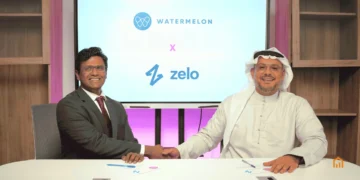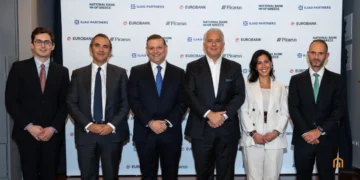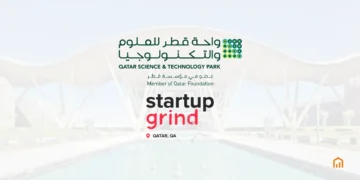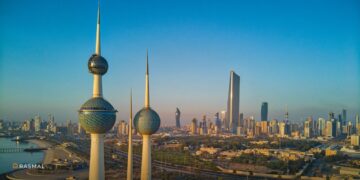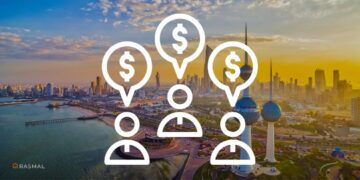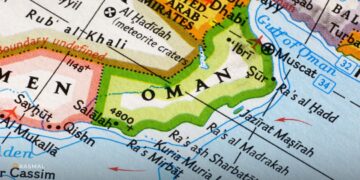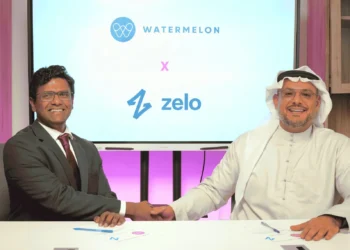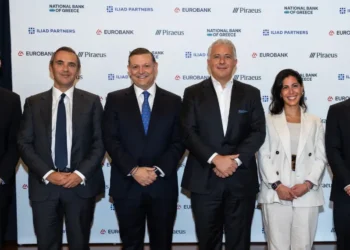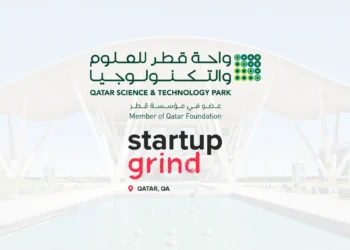- Saudi Arabia is embarking on a $1 trillion investment plan, with 73% focused on non-oil sectors to align with Vision 2030, marking a significant shift in economic strategy.
- Investment in clean energy is set to increase substantially, with projections rising to $235 billion, driven by ambitious solar energy targets and renewable initiatives.
- Saudi Arabia has increased debt issuance to over $35 billion by mid-2024 to support mega projects, representing a significant portion of GCC sovereign issuance.
Saudi Arabia is entering a transformative phase in its economic development, with plans to invest $1 trillion by 2030. A Goldman Sachs report highlights that nearly 73% of these funds will be channelled into the kingdom’s non-oil sectors.
This marks a significant shift as the country realigns its focus towards diversifying its economy away from its traditional reliance on oil revenues.
The Capex Super Cycle and Funding Gaps
Goldman Sachs has identified Saudi Arabia as being in the midst of a “capex super cycle,” reflecting a surge in capital expenditure across diverse industries.
However, the report also points to a looming challenge: a potential $25 billion funding gap per year. Bridging this shortfall is essential for the kingdom’s ambitious plans to materialize. To address this, the focus is shifting towards alternative financing mechanisms, including expanding equity capital markets and easing the pressure on the banking sector.
Faisal AlAzmeh, head of CEEMEA equity research at Goldman Sachs, emphasizes that the non-oil investments have surpassed earlier projections.
“Initially, 66% of investments were earmarked for non-oil sectors, but that figure has now jumped to 73%,” AlAzmeh explains. This adjustment underscores the kingdom’s intensified commitment to diversifying its economic foundation.
Declining Investments in Oil and Gas
While Saudi Arabia continues to see natural gas as a crucial element in its decarbonization and economic growth strategy, investments in upstream oil and gas projects are decreasing.
The report estimates that between 2024 and 2028, capex in the oil sector is likely to shrink by $40 billion. This drop aligns with the kingdom’s broader strategy to balance traditional energy sources with cleaner alternatives.
Goldman Sachs projects that investment in upstream oil and gas is now estimated between $190 billion and $220 billion, down from a previous range of $230 billion to $260 billion. This shift is indicative of Saudi Arabia’s evolving priorities as it seeks to integrate more sustainable and green initiatives into its development agenda.
Green Energy Takes the Lead
The report underscores that clean energy will play a pivotal role in Saudi Arabia’s future, with significant investments funnelled into renewables. Among the six strategic sectors identified, clean energy tops the list with $235 billion in expected funding, a sharp increase from earlier forecasts of $148 billion.
This boost is primarily driven by the kingdom’s expanded renewables capacity targets, which have more than doubled.
Recent advancements in renewable energy have been impressive. As of June 2024, Saudi Arabia had 11 GW of solar photovoltaic capacity under execution, along with 16.7 GW of solar and wind capacity in the planning stages.
The government also raised its 2030 solar energy target to 100-130 GW, up from a previous target of 58.7 GW. These milestones reflect the kingdom’s growing commitment to reducing its carbon footprint while also fueling its non-oil economic growth.
Diversifying the Economy: Beyond Oil
Saudi Arabia is channelling considerable resources into sectors that support its economic diversification strategy. Metals and minerals, transport and logistics, and digitalization are among the key industries receiving attention, with a combined allocation of $400 billion.
These sectors are integral to building a more resilient and diverse economy capable of thriving in a post-oil world.
The Kingdom’s Vision 2030 agenda is steering this investment strategy, aiming to build a future where non-oil sectors take the lead in driving growth and employment. This vision also supports the country’s ambition to become a global hub for innovation, logistics, and technology.
Budget Deficit and Fiscal Concerns
Despite these ambitious plans, Saudi Arabia faces fiscal challenges. With oil prices hovering in the $80-$85 range and production levels reduced to 9 million barrels per day, the budget deficit is projected to widen.
Goldman Sachs forecasts a deficit of 4.3% of GDP this year, compared to 2% in the previous year. This increase is largely attributed to heightened spending and a decline in oil revenues.
The report raises questions about how this growing deficit might impact the pace of investments in the kingdom’s non-oil economy. Nevertheless, Goldman Sachs analysts suggest that the capex super cycle is likely to remain a defining feature of Saudi Arabia’s economic strategy.
Addressing Liquidity and Financing Challenges
Saudi Arabia’s growing debt issuance has been a key strategy to finance its Vision 2030 projects.
By the first half of 2024, the kingdom had raised over $35 billion in bonds and sukuk, making up more than three-quarters of the total GCC sovereign issuance, which reached $45 billion i.e. the highest since 2020.
However, liquidity concerns have become increasingly apparent, with loan growth outpacing deposits in the banking sector.
To manage the $25 billion-per-year funding gap for capex projects, alternative financing options are being considered. This includes deepening the equity capital markets to reduce the burden on banks.
S&P Global also highlighted that banks could liquidate parts of their investment portfolios as a potential solution, although this might impact balance sheet liquidity by redirecting funds into less liquid assets.
Saudi Arabia’s strategic investment shift is a clear signal of its intent to build a robust, diversified economy. The kingdom’s commitment to clean energy, technological advancement, and infrastructure development aligns with global sustainability trends while also catering to its unique economic needs.
Although challenges remain, particularly regarding liquidity and fiscal balance, the ongoing capex super cycle suggests that the kingdom is steadfast in its pursuit of Vision 2030.
Follow us on Instagram, LinkedIn, and Twitter for startup & business news and inspiring stories of MENA businesses, entrepreneurs, startups, innovators, investors, and change-makers.
To report any issue or error in the story, please email us editor [at] rasmal [dot] com.
Last Updated on August 17, 2024 by Safiya K

